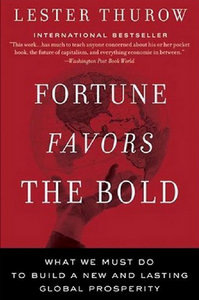 6.
Multinational Corporations 6.
Multinational Corporations
How capital moves, transfer technology, and the
surrounding controversies. Case studies: investment by
Ericsson in Hungary; a comparison of Smith-Corona and
Brother.
 7.
Fixed vs. Floating Exchange Rates 7.
Fixed vs. Floating Exchange Rates
The strengths and weaknesses of each type of rate, along
with their role as shock absorbers. Case studies:
Komatsu vs. Caterpillar; petrodollar recycling in the
1970s.
 8.
Managing Currencies and Policy Coordination 8.
Managing Currencies and Policy Coordination
What motivates governments to manage currencies and
coordinate policies. Case studies: the Plaza and Louvre
Accords; the cost to the U.K. of joining the European
Monetary System.
 9.
Exchange Rates, Capital Flight, and Hyperinflation 9.
Exchange Rates, Capital Flight, and Hyperinflation
How international capital flows, inflation, and trade
flows affect exchange rates. Case studies: Mexico and
the money center banks; hyperinflation in Argentina.
Updated 2003.
 10.
Developing Countries 10.
Developing Countries
How these nations have been helped or hurt by the rapid
growth since WWII. Case studies: comparing South Korea
and Sri Lanka; aid vs. trade in Tanzania.
 11.
Economies in Transition 11.
Economies in Transition
Transforming former Communist countries into market
economies. Case studies: state industries vs. private
entrepreneurs in Russia; the success of Poland’s “shock
therapy.”
 12.
Environment 12.
Environment
Transnational pollution and international property
rights. Case studies: the U.S.-Mexico agreement on
dolphin-safe tuna fishing; trans-national pollution
along the Rhine River.
 13.
The Evolving World Economy 13.
The Evolving World Economy
The importance of human capital and the shift away from
manufacturing to services and knowledge-intensive
industries. Case studies: the rise of East Asia,
especially China; Microsoft and U.S. dominance of the
software market. Updated 2003. |




